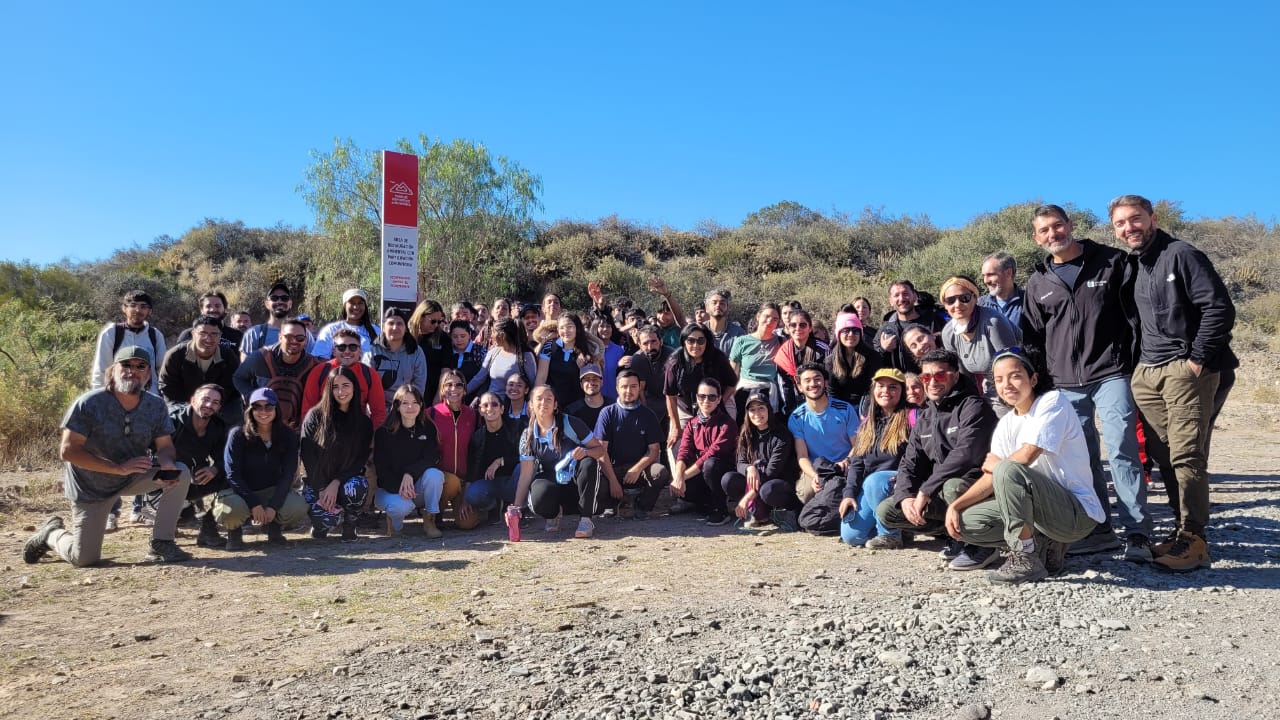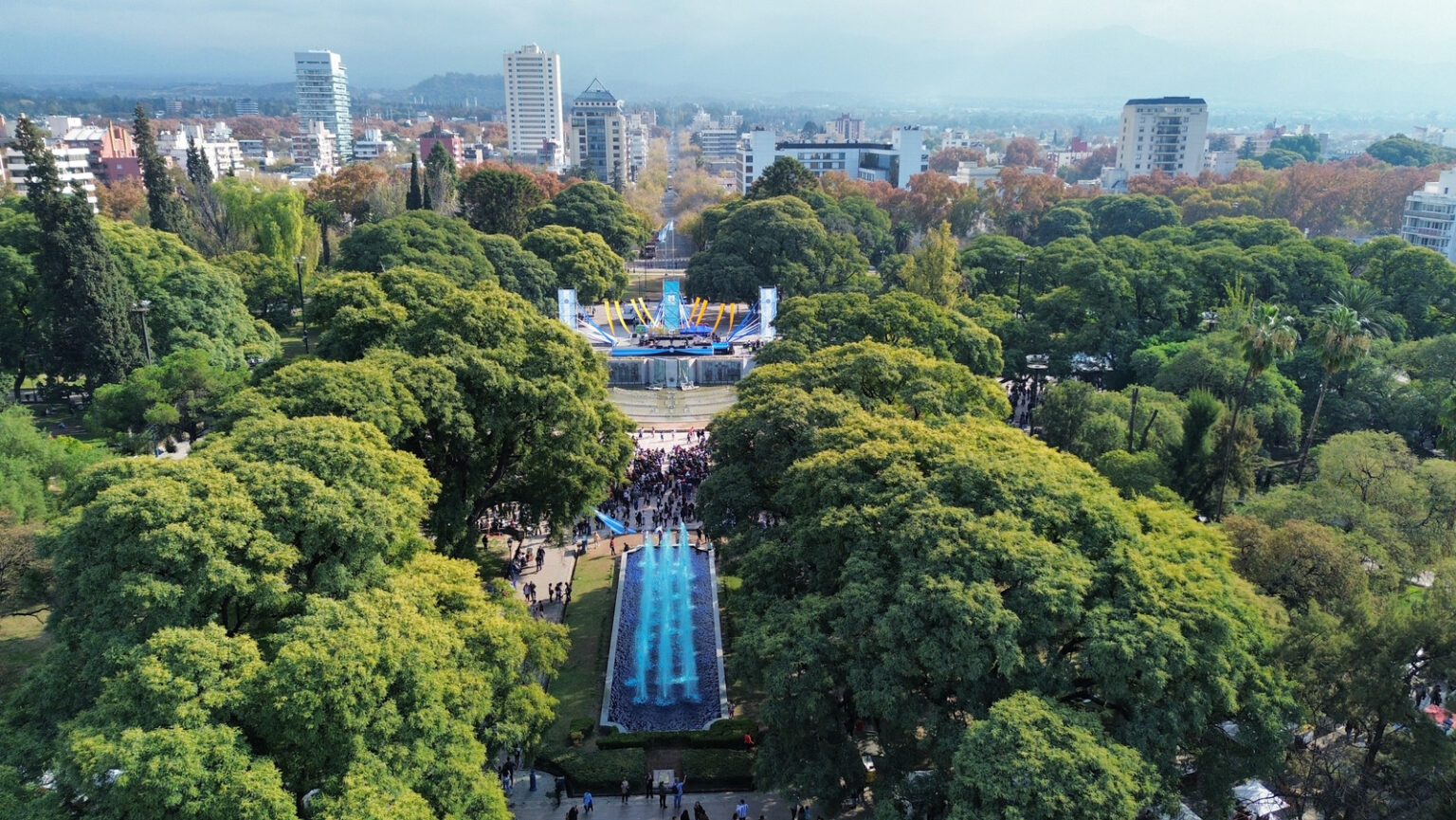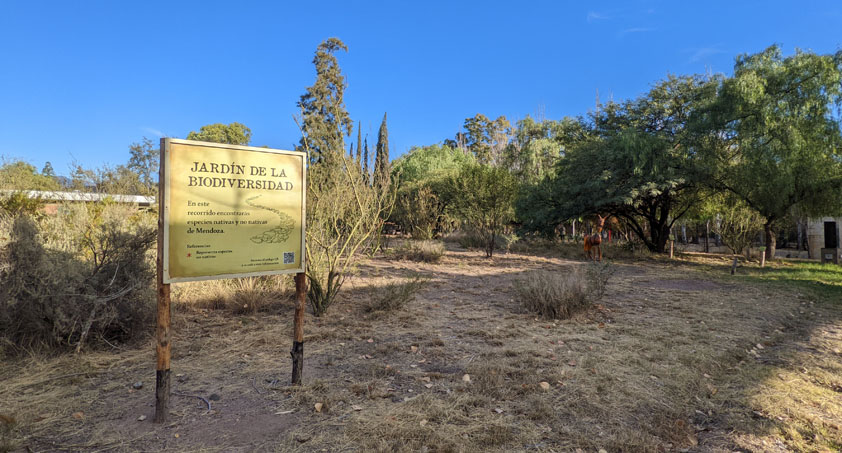


Restoring Nature, Rebuilding Trust: Mendoza’s Urban Ecosystem Revival
Community-led restoration is reconnecting people and nature in the city
Status
City description
City Information
The City of Mendoza, capital of the homonymous province in western Argentina, covers 106 km² and is home to 122,840 residents within a metropolitan area of more than one million. Situated at the foothills of the Andes between 720 and 2,500 meters above sea level, the city’s semi-arid climate and limited rainfall make it especially vulnerable to water scarcity and heat stress. As a regional hub for tourism and innovation, Mendoza city has positioned climate adaptation, governance, and sustainable finance as key components of its urban development strategy.
Challenge
Years of intense urbanization, coupled with the site’s prolonged use as an illegal dumping ground, severely degraded Mendoza’s foothill ecosystems, threatening native flora and fauna and diminishing the quality and safety of the surrounding public green spaces.The city needed to restore ecological integrity without limiting public access or the social value of these areas.
Solution
Mendoza launched two pilot projects: the Active Restoration Pilot in Parque Deportivo de Montaña (PDM) and the Urban Biological Corridor Pilot along Zanjón Frías. These initiatives combine scientific diagnostics, participatory design, and citizen-led restoration to recover native ecosystems, connect green spaces, and foster environmental stewardship among residents.
Key Impacts
268 participants engaged in restoration
in 5 community workshops
5,234 invasive plants removed
112 native saplings planted, and 22 bird nest boxes installed
90% survival rate of planted species
and visible return of pollinators and birds
314 citizens participated
in environmental education activities
4,000+ social media interactions
generated through awareness campaigns
110,000 annual park users
benefited from cleaner, greener spaces


Comments ()